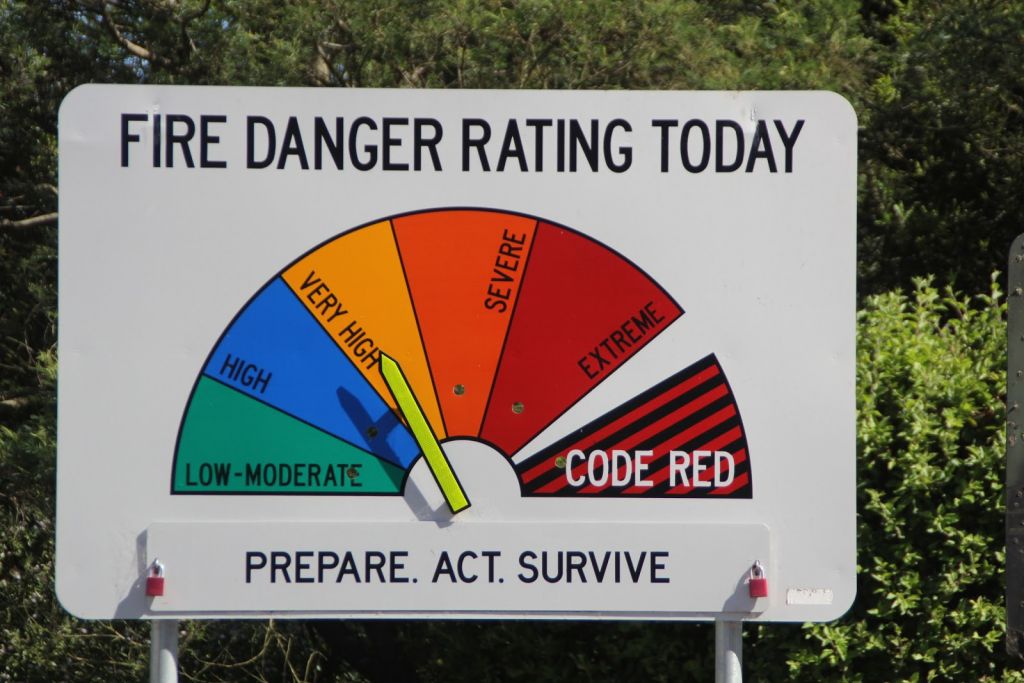by Kara Lilly, Investment Strategist, Mawer Investment Management
Financial markets function relatively well most of the time; it is only on occasion that markets break, the system goes awry and crises ensue. Recently, we have noticed many signals that leave us concerned that we could be headed towards such an occurrence. These include:
- The price of oil halving;
- The Swiss central bank abandoning its currency peg;
- The ECB embarking on a trillion dollar asset buying program;
- Sanctions crippling the Russian economy;
- The Bank of Canada, Bank of Australia and Bank of Denmark lowering rates;
- China continuing to navigate the slowdown of its economy
On top of this, commodity prices remain weak and disinflation looms over the global economy. Were it not for the strength of the U.S. economy and dollar, one might be tempted to turn off the lights, shut the curtains and listen to Pink Floyd.
When so many shocks occur this quickly within a system, something usually breaks. Not always, but often. Markets do a reasonable job of pricing in risks when they are visible well in advance, but they are less adept at adjusting to rapid-fire incidents. And the shocks occurring now come at a time when valuations for equities already seem flush. Given all this turmoil, we are observing significant levels of risk in the investing environment.
Heed the Warning Signs
In the world of wildfire management, danger ratings are used to inform the public of the risk of forest fires. While not perfect predictions—a fire can break out in a “low risk” environment or fail to occur in a “high risk environment”—these warnings heighten the awareness of potential risk.
If financial markets came with such warnings, one might be tempted to classify us now in the red “Extreme Risk” zone, as the rapid shocks of recent months have increased the risks in the financial system and rendered it more fragile. Even a little spark right now could start a series of cascading events.
Why might we be in this zone and not the “Run for your Life” category? Because of central banks and the strength of the U.S. economy.
As we have mentioned in previous discussions, we live in a time of unprecedented central bank involvement in the economy. Petrified over the prospect of deflation—a foe that central bankers feel ill-equipped to fight—they have resorted to massive asset buying programs and extremely low interest rates. The $1 trillion dollars the ECB will spend in the forthcoming months is just part of the liquidity that is being pumped into the global financial system (the Bank of Japan and the People’s Bank of China have also been busy).
Financial markets may not be in the “Run for your Life” zone—at least in the short-term—because central banks appear ready to jump in whenever necessary with seemingly endless liquidity. And for better or worse, many investors take confidence in these actions.
Another area of optimism can be found in the strength of the U.S. economy. While debates around the U.S. labour market persist, many believe that the U.S. has recovered. The U.S. economy expanded 5% in the third quarter of 2014—a big gain. And while wage inflation remains elusive, unemployment has consistently fallen, investment is up and confidence is regaining. Compared to virtually every other major economy out there, the U.S. is starting to seem normal. And given that the U.S. is still the world’s largest national economy, representing approximately 22% of nominal world GDP, this is a good sign.
Nevertheless, all of the recent shocks give us reason to pause. While we continue to find companies that appear attractive as long-term investments, the investment landscape in the near-term is not without risk. It is a big assumption to believe that financial markets can skate over everything that has just occurred.
Our investment team is not only digging through our portfolios to ensure we are well positioned for any forthcoming bumps, but we have also moved to a more defensive asset allocation in our balanced portfolios. With so many areas of financial markets becoming unglued, it is prudent to protect the downside.
Kara Lilly
Investment Strategist, Mawer Investment Management













